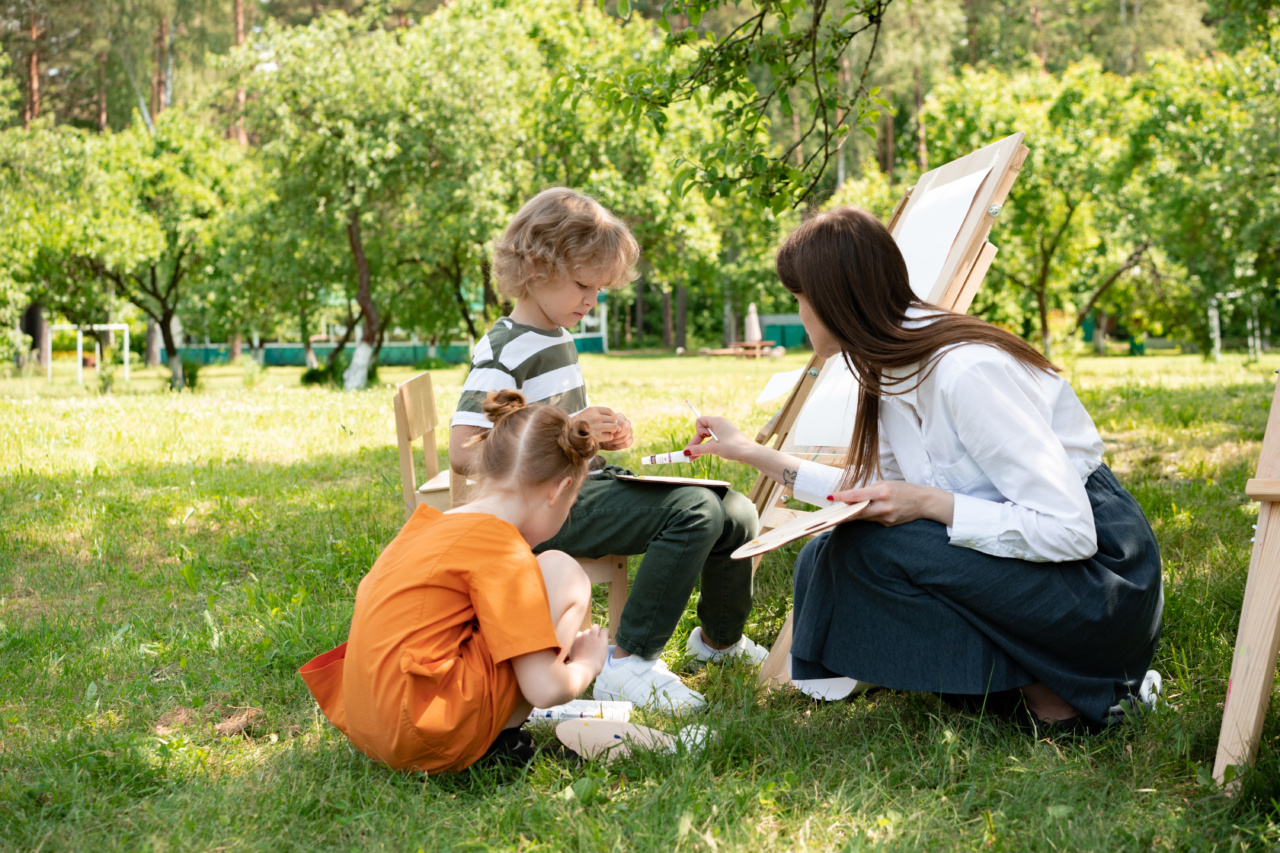Parenting is not an easy task, and every parent knows it. It is a journey where every step needs to be taken with caution. One of the most important aspects of parenting is communication.
Communication helps parents to understand their children’s thoughts, feelings, and needs. However, communicating with kids is not as easy as it sounds. It requires a certain level of skill and patience. This article will provide some techniques that parents can use to improve their communication skills with kids.
1. Listen Actively
Active listening is one of the most critical elements of effective communication. When a child is talking to parents, they should be attentive and listen carefully.
This will help parents to understand their child’s perspective and build a better relationship with them. Active listening includes maintaining eye contact, giving undivided attention, and showing interest in the conversation.
2. Use Positive Language
Language plays a vital role in communication. Parents should always use positive language when communicating with kids. Positive language encourages children to express themselves better. It helps in building their confidence and self-esteem.
Parents should avoid using negative phrases or statements as it can hurt the child’s feelings and can lead to a communication breakdown.
3. Understand their Perspective
Parents should try to understand their child’s perspective while communicating with them. Children have their unique way of looking at things, and parents should respect that.
Parents should avoid imposing their ideas or beliefs on their children and try to understand their point of view. This will help parents build a better connection with their kids.
4. Use Examples
Examples are a great way to explain things to kids. Parents can use examples to help children understand complex ideas and situations. Examples make communication more engaging and interesting.
Parents should use relevant and age-appropriate examples while communicating with their children.
5. Be Patient
Patience is a must while communicating with kids. Children take time to process information and express themselves. Parents should be patient while listening to their child and avoid cutting them off mid-sentence.
It helps build trust and respect in the relationship and encourages children to communicate better.
6. Avoid Distractions
Distractions can hinder effective communication. Parents should avoid any distractions such as phones, television, or other electronic devices while communicating with their children.
They should give their undivided attention to their child, which will help build a stronger connection and show their child that they are valued.
7. Use Open-Ended Questions
Open-ended questions encourage children to express themselves better. It helps them to communicate their thoughts and feelings more clearly.
Parents should avoid using close-ended questions or questions that require only a “yes” or “no” answer. Open-ended questions encourage children to think deeply and express themselves better.
8. Be Empathetic
Empathy is the ability to understand and feel what another person is feeling. Parents should be empathetic while communicating with their children.
It helps build closer relationships and shows that the parents care about their child’s emotions and feelings. Parents should listen to their child’s concerns and validate their feelings.
9. Be Consistent
Consistency is crucial while communicating with kids. Parents should be consistent in their communication style and approach. It helps children to understand the expectations and build a stronger relationship with their parents.
Parents should try to avoid contradictory or confusing messages, which can lead to miscommunication.
10. Use Body Language
Body language speaks volumes in communication. Parents should be aware of their body language while communicating with their children. They should maintain a good posture, make eye contact, and use gestures to emphasize their words.
It helps to convey the message more effectively and improves the overall communication process.
Conclusion
Effective communication is the cornerstone of successful parenting. Parents should adopt the techniques mentioned above to improve their communication skills with kids.
Communication fosters a deeper relationship between parents and children and helps in building their overall development. Children who experience effective communication with their parents are more likely to have better mental health, higher self-esteem, and better relationships in the future.






























